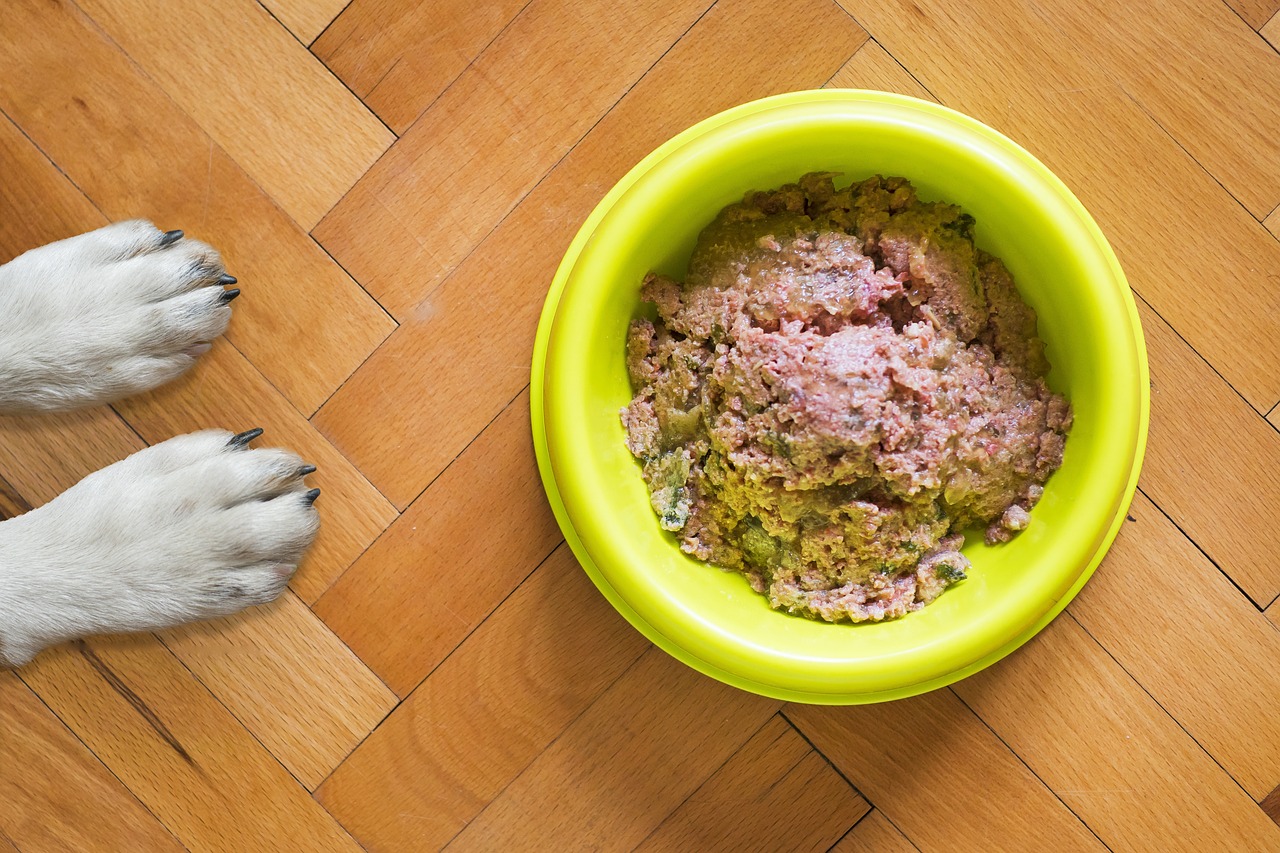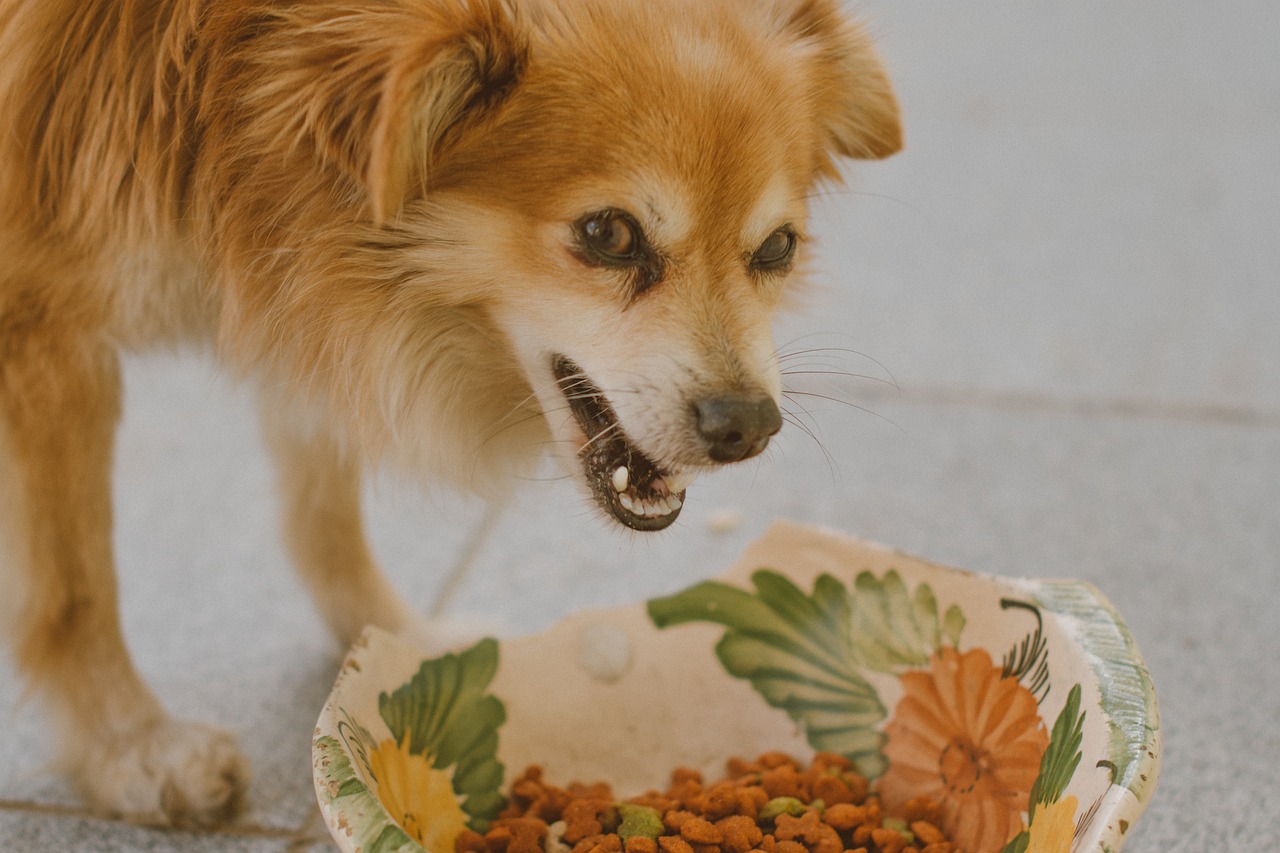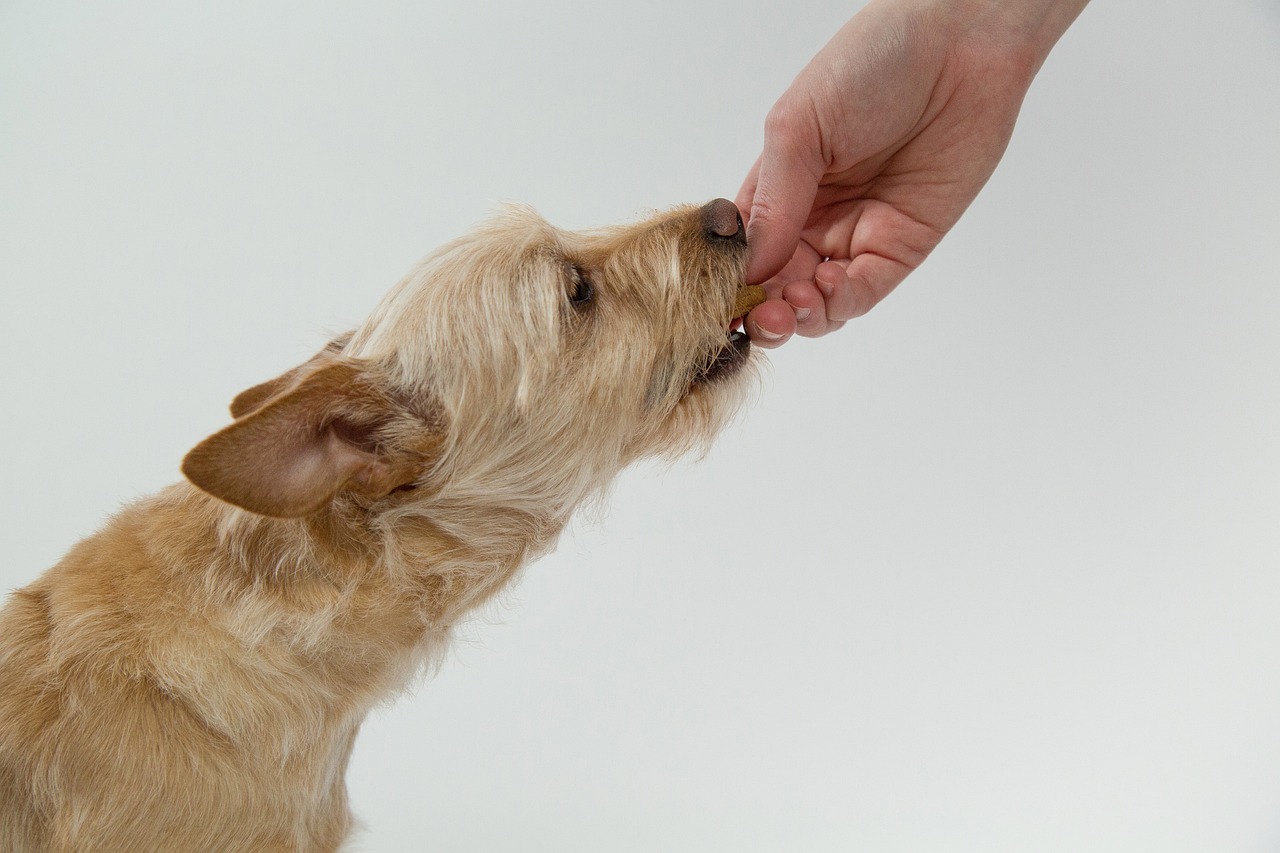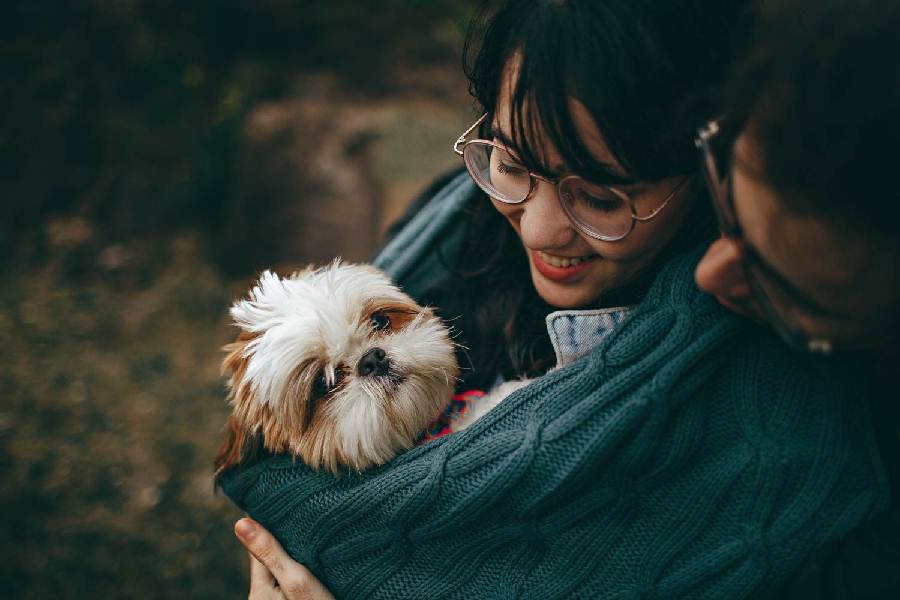
Last Updated on 2 years by Jenny Sovann
Dogs make amazing companions. This is why dogs have remained the most popular pet for ages now. They are also simple to take care of and learn trick faster than other pets. Be that as it may, dog ownership is not a simple responsibility. Therefore, if you are a first timer, you will need to learn quite a few things for you to get along your dog. We have rounded some of the most crucial tips for first time dog owners to get you started.
The first and most crucial tip is to treat your pet just like any other member of your family. Note; dogs are like babies, they depend on us wholly for food, shelter and guidance. Therefore, if you are looking for a new pet, you must be ready to take full responsibility for your pet.
Congratulation for finding your canine buddy. In this guide, we are going to teach you how to care for your new dog and enjoy a wonderful experience with your furry friend. Let’s get to it
Crucial Tips For First Time Dog Owners In 2023
1. Know What to Expect Your New Fido Comes Home

Whether you are looking to get an adult dog or a puppy, you will need to do some adjustments when your new dog gets into your home. Generally, dogs tend to feel scared or scared when they come into a new home. They may appear aloof or hide whenever someone approaches them. However, after sometime, the dog adjusts to the new environment and becomes hyperactive. While this may depend on the dog’s breeds, some feel confident and well adjusted in only 1-2 days while others may takes 2 weeks to several months.
As you are crucial tips for first-time dog owners, mature dogs often require more time to adjust especially if you had adopted them from a shelter. Conversely, when it comes to puppies, they usually require more training, more so house training. It is also good to note it will take up to several months for you and your new pet to settle in a routine. With that being said, it is crucial to prepare in advance before getting your dog. This enables you to get off well with your new dog.
2. If You Prefer a Puppy, Make Sure You Learn More About Them
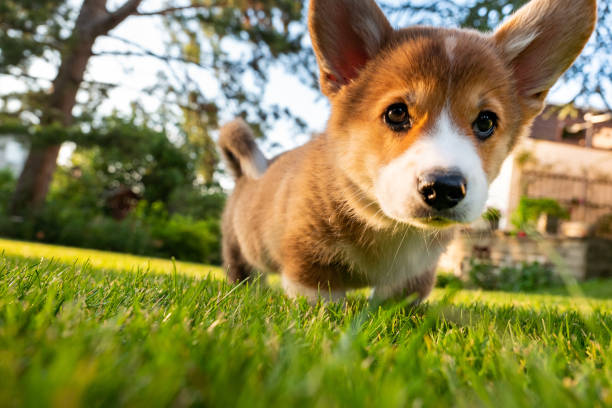
Puppies are adorable, but you need to be prepared to learn tips and trips for raising them the correct way. Some of the things you need to learn about include training, socializing, and vaccinations. Note, if you have a very young puppy, caring for him might involve a lot of work. Therefore, you should do thorough research before the puppy comes into your home.
Remember, you need to develop a happy and healthy relationship between you and your fur baby. To do this, ensure that you train them properly from the word go. You will also need to learn how to communicate with your pet. Since your pet needs your guidance, they often have certain behaviours that show you what they need. In addition, since they communicate differently, it is crucial to understand what they need. Another crucial tip is to take charge and act as its leader. This helps you to teach your Fido good behavior. Additionally, you need to learn the best food to feed it, the exercises to take part in and the toys he needs.
3. Find a Great Veterinarian
After getting along with your pet, you now need to know the basic care your pets needs. As you are crucial tips for first-time dog owners, you need to learn about nutrition, physical interaction, adequate shelter, as well as social interaction. Next, just as you need a good family doctor, your pet needs a great veterinarian. Actually, it is a great ideal to take your pet to the vet once he gets home. The Vet will often your pooches health, educate you more about your pet’s needs and more important, takes you through guidelines of owning the dog. Obviously, you would benefit from a friendly veterinarian who always keeps the lines of communication open.
4. A Comfortable Living Space
Naturally, dogs love exploring. Therefore, you should expect him to start exploring the new home once his steps in. you will need to do some adjustment to your living space, prior to getting your pet. Both unkempt garden and house can be dangerous to curious dogs. To prevent injuries always ensure that your gardening tools and other items are well organized. You should also put gate or other restrictions to places that are unsafe for your pets. Below are some useful tips to keep your pet safe.
Safety Inside the House
- Remove all your treasure and delicate items out of your pet’ reach
- Organize and hide all your trailing electrical wire and cords. Preferably, you should get chew proof cable protectors
- Secure your kitchen cupboards and other lower cabinet. This is especially important especially if you store potentially unsafe products such as cleaning detergents and other products.
- Install a baby or pet gate at the stairwell bottom. You can also use these gates to prevent access to areas that could lead to injuries.
- Always keep the door of your home appliances closed. Your puppy may get into a washing machine, fridge, tumbler dryer or other large appliances
- If you live in a storey building always use screens and bars to prevent your pet from jumping out
- Additionally, always use nonskid carpet to prevent slipping accidents.
Safety Outside the House
- Put a dog fence so that your pet stays in the allowed space. This will ensure that your pet doesn’t wander off your property
- Place a secure fencing around your flower or kitchen garden. Dogs love digging, and you won’t like it when you find your vegetables dug up by your new toy
- If you have an existing fence, ensure that your pet cannot dig beneath them
- Keep your gate closed and locked all the time. Remind your guests and family members to keep the gate locked all the time
- If you have hot tubs, ponds or swimming pools, keep them covered until your pet is familiar with your home
- Make sure that your gate doesn’t have any room beneath or in-between the slates where you’re pet can squeeze through. If the space is wide enough, use a wire mesh to cover it.
- If you have many plants in your garden, always ensure that you are aware of the types of plants that are dangerous for your dog. Some of the plants that are poisonous for your pet include tomato, Hydrangea, Aloe Vera, Lily, Ivy, and tulips
- Ensure that your pet is not on the driveway when reversing your car
5. Basic House Training Steps
After making these adjustments, your home is now ready to host the new pet. Once he arrives home, the first thing is to let him roam freely in the house. Next, let him explore the outdoor also. Remember to put him on a leash when he walks around the garden or backyard. This will let them take in the smells associated with your home. You should also select a spot where your pet relieves himself or herself. Also, train the pet so that they can associate the spot with this action. Remember this may take time, so patience is crucial. After completing the desired action, always applaud him with praise and treats. Your pets need to learn a lot before they can adjust to your new home. Therefore, you should start rewarding early so that your pet can learn good behavior quickly.
6. Respect the Leash Law
Nothing is important than watching your new pet run around the home and entertain himself. While it is perfectly fine to let him do so in your compound or even the park, you should always abide to the set leash laws. Therefore it is crucial to put him on a leash everywhere the leash laws are enforced. These laws are not only for ensuring your pets safety but also keep other people and animals safe.
7. What If My Dog Won’t Eat?
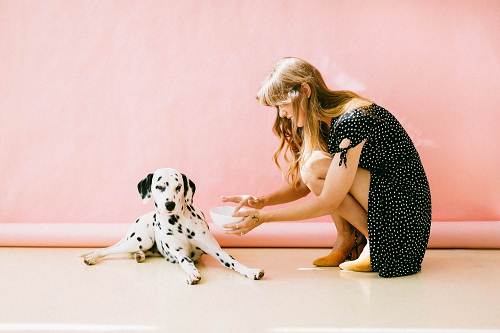
Your pet may refuse to eat in a new environment. Just like people, you can encourage your pet to eat by offering them familiar food. You can also add other delicious food to spice its life. Your veterinarian may help you learn more on rotating the food. He/She may also recommend the best and healthy treats for your pets.
Next, you will need to establish fixed feeding programs. Instead of leaving the food overnight, always pick up the food after every thirty minutes. Doing so will help in increasing the Pooch’s sense of eating urgency. Another crucial tip worth trying is using a food puzzle toy instead of a regular bowl.
Additionally, you may also use a food topper to make your pooch’s food more enticing. Add the food topper before pouring the food for your pet. Don’t wait until your pet wait until your pet refuses to eat for you to add the dog topper your pet may learn how to hold out until you add the tastier additions
8. Injections and Vaccinations
As expected, dogs experience discomfort and pain through diseases and illnesses. Therefore, you shouldn’t wait until it is too late for your pet to be vaccinated. Always provide the relevant protection at the earliest stages. It is recommended to get your pet from a reputable breeder. High chances are, this breeder gives their puppies the necessary vaccinations before giving them to you. Nevertheless, it is still important to talk to them to find out the exact date the dog was vaccinations. These vaccinations wade off any potential disease attacks. Additionally, they ensure a healthy immune system that protects any spread of disease to you or other animals. Some of the crucial vaccination for your pets includes:
- Canine distemper
- Infectious canine hepatitis
- Canine parvovirus
- Leptospirosis
- Kennel cough
9. Exercise and Walking
Puppies are often full of energy and life. This makes them eager to play and exercise. While it is crucial to walk your pet on a daily base, you should always pay special attention to their special needs. Remember, even if your pet loves playing, taking them for a long walk may be exhausting. Therefore, you should watch out for sings of exhaustion.
Equally, you should provide your pooch with plenty of water especially during the hot days. Since dogs don’t usually sweat as we normally do, it is crucial to ensure that you have enough water to keep him cool and hydrated. Another crucial tip is consistency. Ensure you take your pet out on a regular base. Chances are, if your keep your pet locked up for a long time, he may find it hard when running around a park. In addition, a consistent exercise regime also ensures that your pet develops in to a full-grown pooch naturally.
In any case, you find your pet is struggling beyond what he is capable; it is good to visit the vet. The Vet will examine your pet to check any underlying health problem. Generally, a dog should walk for 1-2 miles a day. These exercises will help them in exercising their muscles, bones; reduce the blood pressure as well as maintaining the healthy weight.
Conclusion

Owning a new pet is great! However, as with any other ownership, getting a pet requires commitment. You need to not only provide him with the best care bit also accepts the responsibility for his actions. Therefore, caring for your pet doesn’t only involves training him or feeding him, you will also need to respect your community. Speaking of responsibility for the community, you should always carry poop bags when you visit the outdoor. This lets you to keep the outdoor clean for other people. If you fail to clean your pooch mess in public places, it will result into a fine.
Additionally if you are in the countryside, you also need to adhere to the countryside code. Therefore, your pooch should wear a collar always and an ID tag that display your address. Now that you are crucial tips for first time dog owners to take care of your pet, it is time to get into the fun part; watching your pet grows. Following these guidelines also ensures that your dog get a customized to the new home quickly. If there is something else you would like to add or perhaps ask any questions feel free to post it in the below comment section. All the best!

